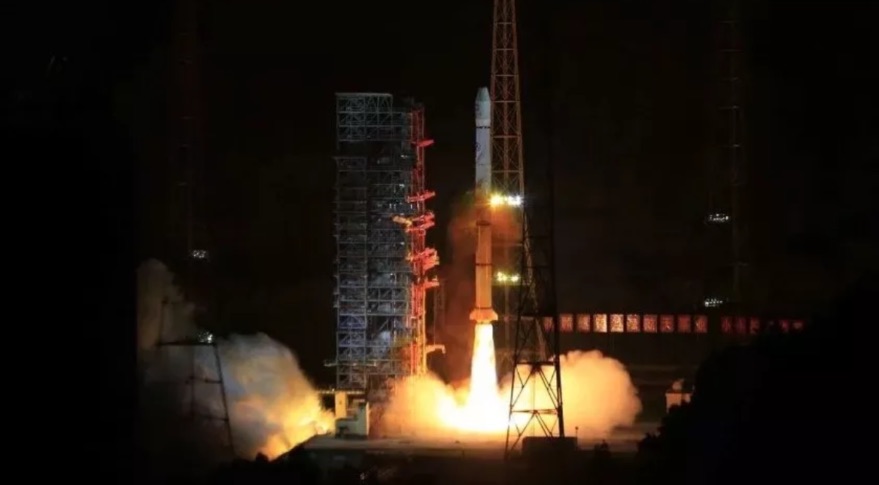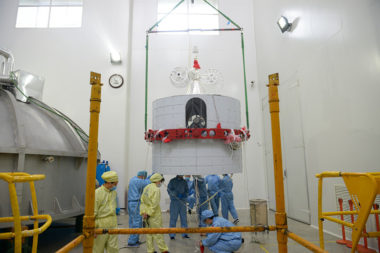China Launches Fenguyn-2H Weather Satellite on Long March 3A Rocket

HELSINKI, Finland – China on Tuesday launched the Fengyun-2H weather satellite, successfully inserting the near 1.4-metric-ton spacecraft into a geostationary-transfer orbit.
The Long March 3A launch vehicle lifted off from Launch Complex 3 at the Xichang Satellite Launch Center in southwest China at 09:07 a.m. Eastern, in accordance with airspace closure notices published days in advance.
The China Aerospace Science and Technology Corporation (CASC) announced success of the launch just under an hour after liftoff. [China's Space Program: The Latest Launches and Mission News]
Fengyun-2H is the eighth and final of the Fengyun-2 series of spin-stabilized weather satellites for geostationary orbit, development of which began in the 1980s under CASC.
The satellite is equipped with a Stretched Visible and Infrared Spin Scan Radiometer (S-VISSR) for multi-purpose weather satellite imagery, a Space Environment Monitor (SEM), a Solar X-ray Monitor (SXM) and Data Collection Service (DCS).
Fengyun-2H is designed with a lifetime of at least four years and will be positioned at 79 degrees East, after on-orbit testing at 86.5 degrees East. It will be operated by the National Satellite Meteorological Center (NSMC) of the China Meteorological Administration (CMA).
A second generation of much larger, more capable three-axis stabilized geostationary meteorological satellites, named the Fengyun-4 series, are currently under development. The first of these, Fengyun-4A, was launched in December 2016.
Breaking space news, the latest updates on rocket launches, skywatching events and more!
Tuesday's launch was the 17th Chinese launch of 2018 overall, following the Gaofen-6 remote-sensing satellite mission which lifted off from Jiuquan on Saturday. It was the first mission from Xichang since the launch of the Chang'e-4 lunar communications relay satellite into trans-lunar injection on May 20.
CASC is planning a potential 36 launches in 2018, and emerging non-government launch providers could take China's number of orbital launches to over 40 for the year.
Xichang, which is mainly used for launches to geostationary transfer orbit, could see as many as 17 launches this year, mostly of Beidou navigation and positioning satellites, which China is linking to its Belt and Road Initiative.
A new pair of Beidou satellites are likely to be next on the pad at Xichang, with a Long March 3B and Yuanzheng-1 upper stage to loft them into medium earth orbits in late June.
June could also see the Taiyuan Satellite Launch Center in north China host the launch of a pair of remote sensing satellite for Pakistan.
This story was provided by SpaceNews, dedicated to covering all aspects of the space industry.

Andrew is a freelance space journalist with a focus on reporting on China's rapidly growing space sector. He began writing for Space.com in 2019 and writes for SpaceNews, IEEE Spectrum, National Geographic, Sky & Telescope, New Scientist and others. Andrew first caught the space bug when, as a youngster, he saw Voyager images of other worlds in our solar system for the first time. Away from space, Andrew enjoys trail running in the forests of Finland. You can follow him on Twitter @AJ_FI.


